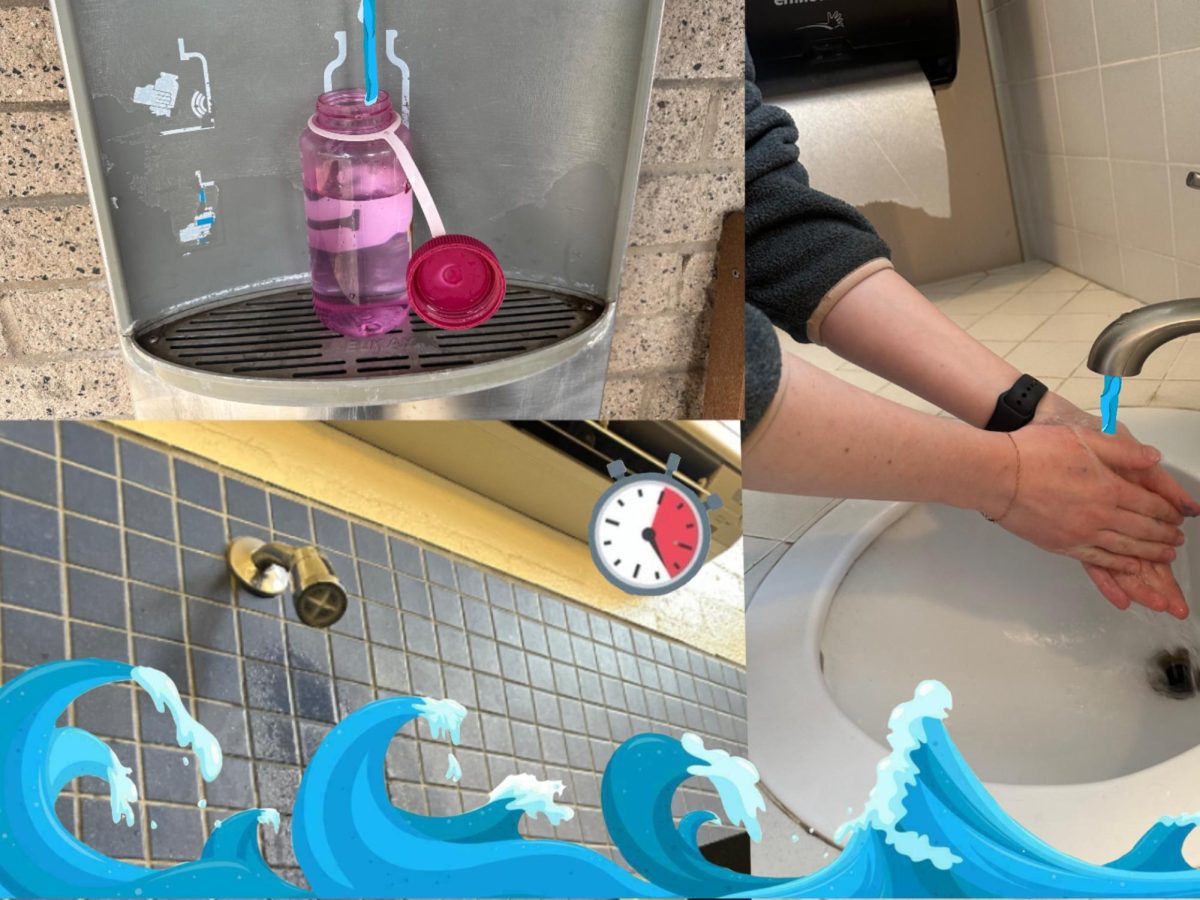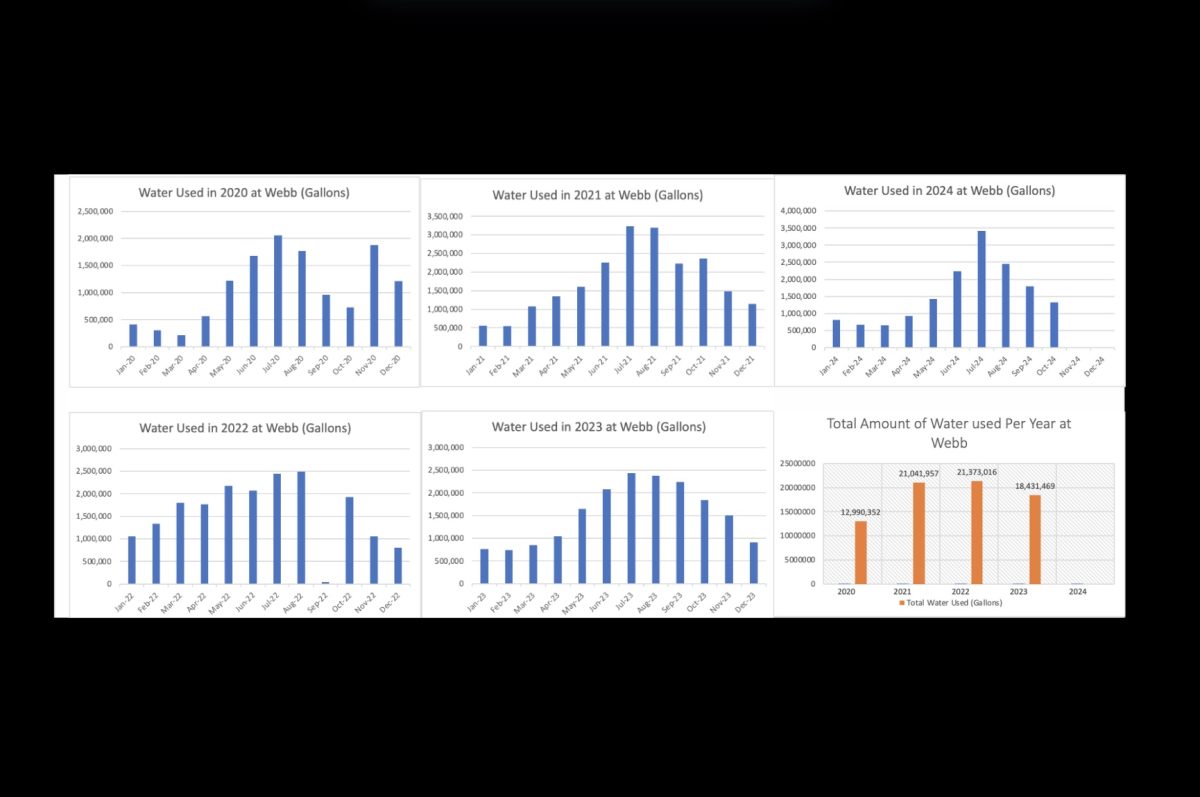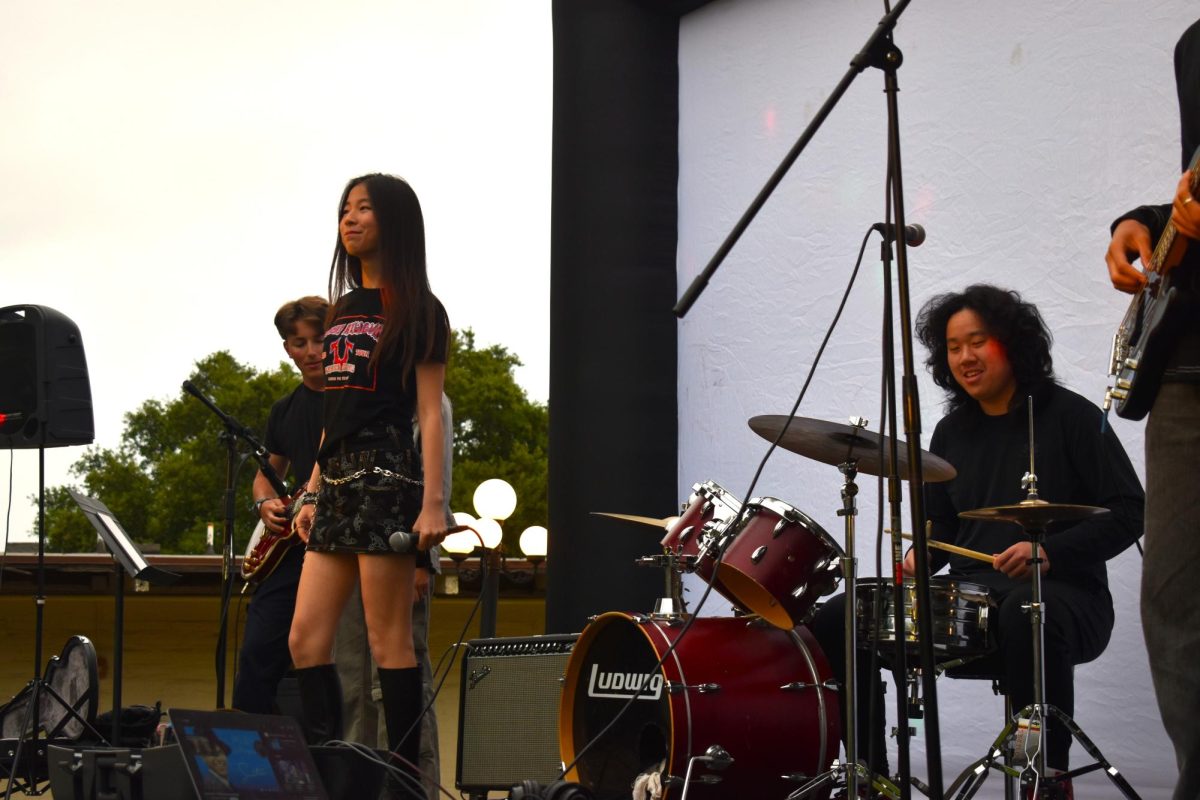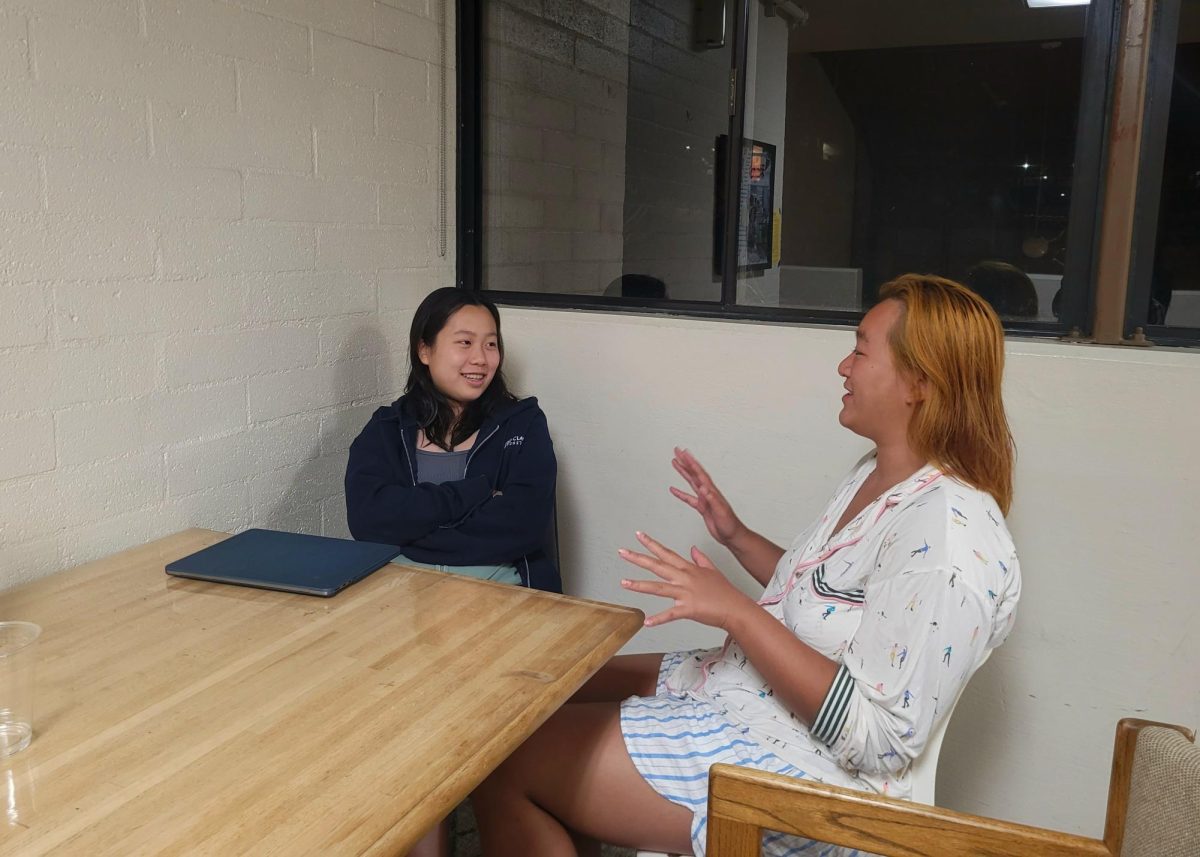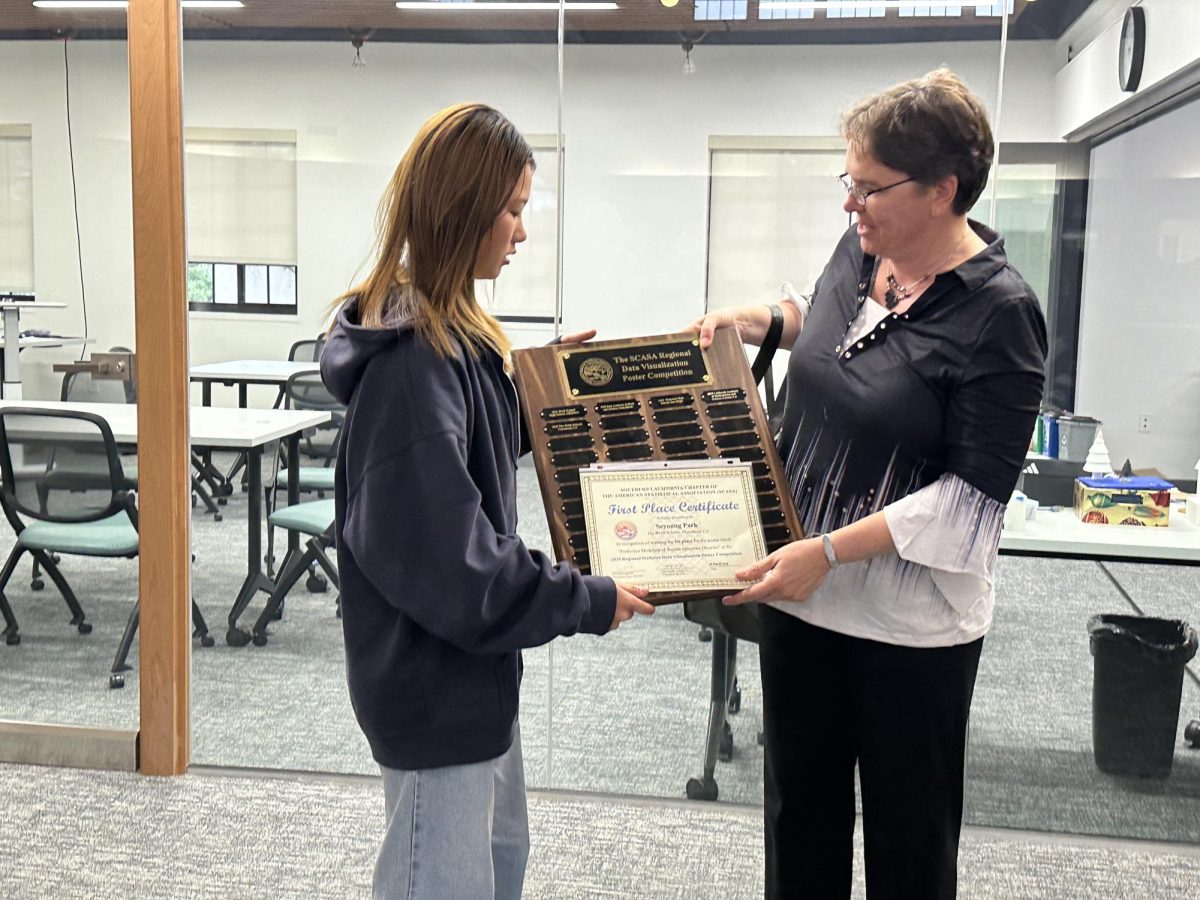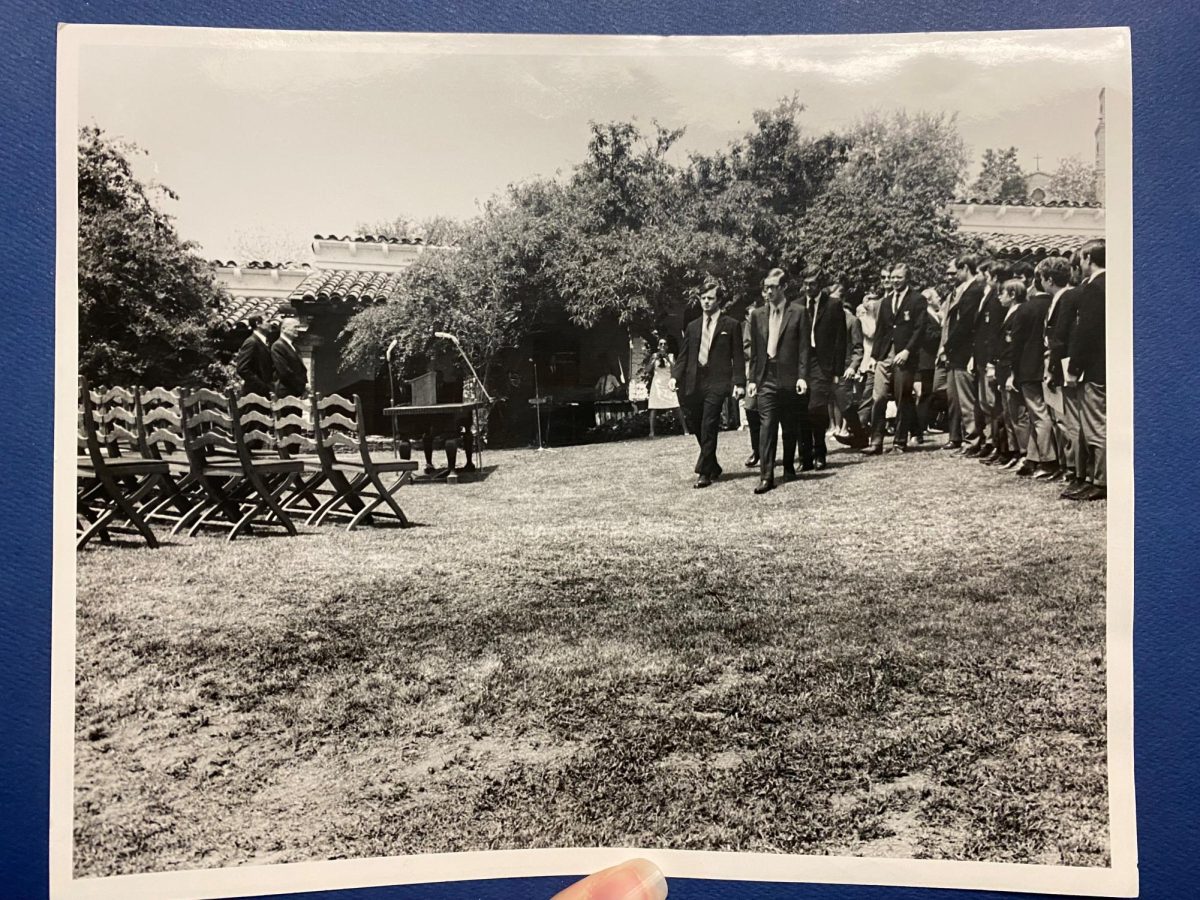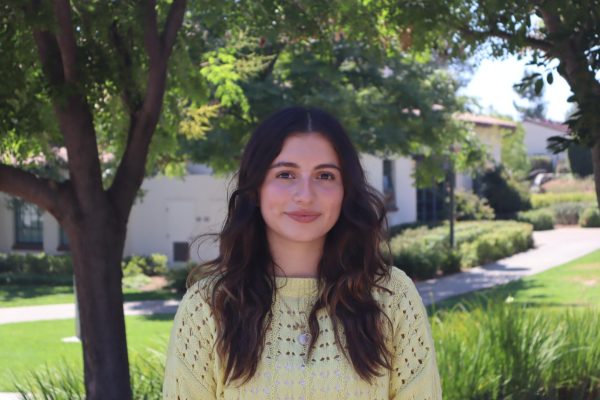As the water simmers, ready for you to jump in and take your nightly shower, gallons have already been wasted. For years, water issues have haunted Californians— but in light of the recent wildfires and the strain they’ve placed on Southern California’s water systems, residents are forced to reflect on their own personal usage.
As a boarding school in Los Angeles County, we—as students and faculty—must pay closer attention to the roles we play in our local water crises.
“Spreading awareness is really helpful, but it’s also kind of hard at Webb,” said Frannie Hinch (‘25), leader of Thrifting and Sustainability club. “Many people don’t really recognize insecurities in general because they most likely haven’t experienced it in that capacity.”
To understand the actual use of water at Webb, including how much is used, it is vital to learn where the majority of our resource supplies comes from and where it goes.
Webb’s water supply is not any different from the other local homes and businesses in Claremont. The Golden State Water Co. remains as the main supplier for a majority of facilities, dormitories, and buildings around Campus along with a smaller contribution from the vendor, Webb-Oak Mutual Water Company.
In 2020, we hit in all time low due to impacts of COVID-19 as the student population went home for quarantine in late March of that year.
The jumps from 12,990,352 gallons to 21,041,957 gallons (refer to 6th graph) in just one-year marks the period when pandemic restrictions began to lift. Webb transitioned from full quarantine to cohorts, and finally resumed in-person classes as boarding students returned to the dorms.
Although some trends correspond to reasonings, not every single one can be explained. For example, why was there less usage at the start of the school year, from August to December of 2024, in comparison to the same time in 2023?
“We’ve all been trying to pin-point the why,” said Reco Sanders, Director of Campus Operations. “If we see from one month to another that there a lot more water used, what could have contributed to that? What information can we give out to staff and students?”
Little factors add up, from the dishware in the dining hall, where we no longer use plastic eating tray to say water used when dishwashing, to the dorms, where students sometimes leave showers or water running.
“It can really add up when you have a shower in a dorm that’s not turning off fully,” said Mr. Sanders. “The work system here is very adult driven. However, we have a culture on campus where students would also be submitting work orders if they knew how and if they were given the information.”
The current work order system for dorm repairs has proven to be inefficient. Looking into the future, students having the ability to communicate without a dorm head or staff member, could result in faster repairs and less leaky pipes.
Recognizing and acknowledging our usage is a step in the right direction. However, other than the necessary facilities and spots on campus that take up a majority of our water supply, we should also be looking at our personal consumption on a daily basis. We all contribute in some way, whether it be the timing of showers or the purchasing of plastic water bottles that aid to our overall waste problem.
The production of just about anything requires water. Not only is the particular amount needed for product production a concern, but other factors matter as well. At some point ethical questions arise and the how, why, what, and where become necessary to ask.
“One of the topics that is relevant to Webb’s campus is the water bottle industry and how it is a big giant scam,” said Nika Haleftiras, science faculty member and Advanced Studies Environmental Science teacher. “We’re exporting resources from places that need that water and marking it up so it’s impossible for those same places to get access to that water.”
As we begin to recognize and learn more about the ethical and environmental issues arising from everyday items, we can look at how to improve our efforts around Webb’s campus.
This all starts with reflection.
“I think Webb doesn’t actually do much when it comes to sustainability, and it’s not really a priority for students to learn about it.” Frannie said.
Although there are recycling and designated trash bins spread throughout campus, there has never been an effort by students or faculty to hold one another accountable on being mindful.
“There is no limit on water we can use, let alone light usage around campus,” Frannie said. “From the dorms to even the pool lights in the early mornings, we have no way to control [unnecessary lighting].”
So, how do we actually push for more change?
Well, the first part of the solution is actually a lot simpler than most will realize. By understanding the history of our connection with the earth and its resources, along with staying updated on current environmental policies and issues happening worldwide, we can continue to spread awareness and call for attention.
From our search engine usage to the food, we consume daily, water is needed for just about everything. Understanding Webb’s resource system and how the social climate contributes to our consumption will lead to higher sustainability efforts and more consciousness throughout.
“The fact that there’s so many people without access to clean water should be at the forefront of minds, and it’s important to be mindful of privileged position,” said Jarra Jallow (‘25).


